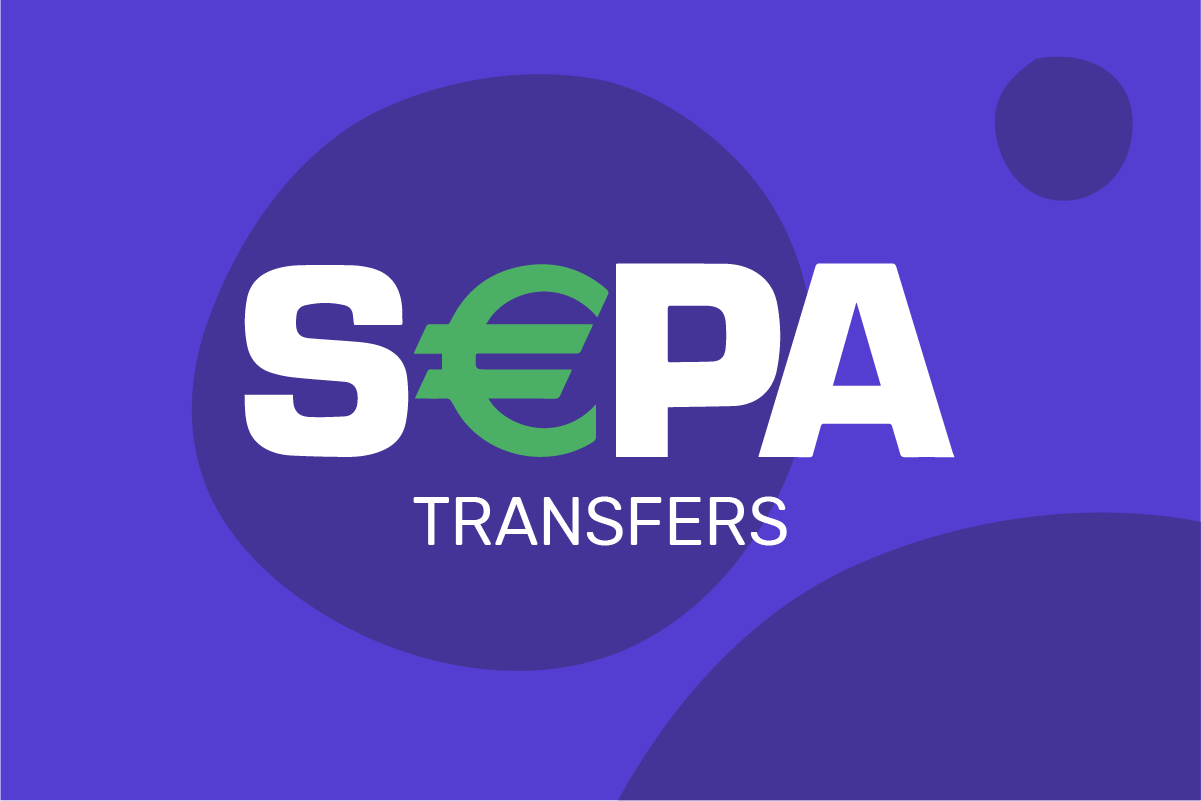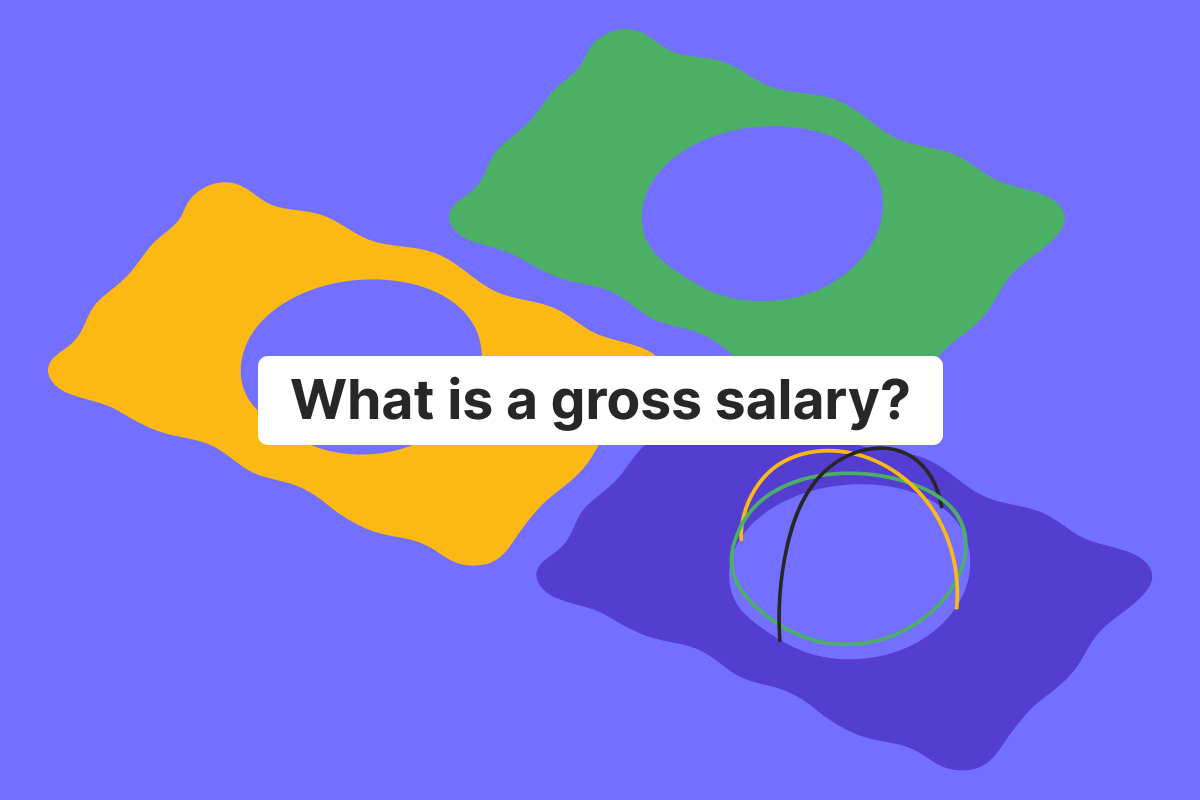Genome Blog / articles / What are SEPA transfers and how to make them
Jul. 3, 2020
Sometimes it’s hard to imagine that years ago money transactions between European countries took up to five business days and fees for these were very distinct. However, now the payments are mostly seamless as a result of SEPA adoption.
So, let’s take a look at how and why the SEPA appeared, its advantages, and explain what these transactions are and how to make them. Ready? Let’s start.
What is a SEPA transfer?
SEPA is an initiative adopted by the European Union to integrate electronic payments within its borders. A SingleEuro Payments Area was the next logical step in creating a single market after the euro was established as the EU’s official currency in 1999. European citizens needed fast cross-border payment services with the same low charges as domestic ones. Thus, in 2008, SEPA was launched allowing speedy euro transactions within Europe.
A SEPA Instant Credit Transfer, also known as an SCT Inst was introduced in 2017. It simplified and made credit transfers in euro extremely fast, with money settling in the payee’s account within ten seconds. Moreover, such processing operations became available on a 24/7/365 basis. And on July 1st, the maximum amount per SCT Inst raised from 15 thousand to 100 thousand euros.
The adoption of the Payment Services Directive (PSD) in 2007 turned out to be a vital part of SEPA’s implementation, as the PSD regulates the rules applicable to all electronic payment services within the EU.
In 2015, the directive was revisited (PSD2), so that the cross-border payments could be more secure thanks to the consumers’ data protection. PSD2 allowed third-party providers (TPP) like Fintech companies to securely access the clients’ banking data. As the result, these TPPs could provide their services to said customers. Besides, PSD2 also introduced Strong Customer Authentication for better merchants’ protection from frauds.
Thanks to the initiative, the credit, and direct debit transfers’ fees in euro, which are made between SEPA members, were made equivalent to charges for domestic payments. The changes proved effective: last year 146 billion electronic payments were made.
What are SEPA zone countries?
Right now, there are 36 countries in the said zone: the UK, Monaco, Liechtenstein, Norway, Switzerland, Andorra, Vatican City State, Iceland, and San Marino, as well as all the European Union members.
There are currently 27 countries in the EU: Germany, France, Spain, Italy, Portugal, Lithuania, Sweden, Czech Republic, Denmark, Netherlands, Finland, Estonia, Latvia, Poland, Belgium, Hungary, Slovenia, Austria, Croatia, Luxembourg, Bulgaria, Slovakia, Romania, Greece, Republic of Cyprus, Malta, and Ireland.
What is a SEPA credit transfer?
SCT for short is a transaction, which happens inside just one country, or between SEPA countries. The reason why such payments are so fast is the same rules and regulations in the SEPA zone. SCT is a great option for businesses that have clients in various countries because such electronic transactions are as rapid as if a customer sends money from the same country.
Types of SEPA payment schemes
There are two categories of SEPA transactions:
SEPA Credit Transfer
SCT, as we briefly discussed above, is a convenient tool for paying and receiving money across Europe. It can be either a one-time or recurring payment (also called standing order). Both single and bulk transfers are also supported.
SEPA Direct Debit
SDD works as an automated payment and is designed for processing fixed amounts, such as bills. A creditor (a landlord, for instance) can collect money from one’s bank account on a certain date. However, this only happens after a creditor prepares a mandate (document containing all the details) and a payer signs it. If you don’t wanna deal with missed due dates and additional charges, SDD is a solution.
How long does a SEPA transfer take
The time spent on a transaction depends on a scheme a bank or a PSP participates in. As an example, the SCT scheme is mandatory for all the banks, payment processors, and other institutions that want to provide SEPA transfer services. Thus, if a payment processor provides the SCT system, the transaction will be complete in one business day.
In the case of the SCT Inst scheme, which is optional for banks, transfers happen within 10 seconds or even less. Usually, the payment processors provide data on which schemes they are using on their websites.
How to make a SEPA payment
These types of transactions are seamless and all you need to know is:
- The full name of a person you make a transfer to;
- Their International Bank Account Number, also known as an IBAN;
- Their Bank Identifier Code (BIC);
The rest is pretty simple: if your financial institution supports SEPA payments and open its “transfers” tab. There you’ll need to enter the beneficiary’s name, IBAN and BIC (might be optional) and fill in the reference (might be optional) – a number or a description of a reason you’re moving money, for instance, paying bills, buying products, etc. And there you go – your transfer will be completed within a given time.
Having a secure and convenient payment service provider that is SEPA compliant is absolutely necessary if you live and do business within Europe, and Genome is up to challenge. We offer onboarding and all our services online at affordable prices for SEPA services.
Need a personal or business IBAN to receive SEPA payments? Genome got you covered with two detailed tutorials on how to open a personal IBAN account and a business IBAN account. Visit Genome’s website to find out more about our services.
FAQ
What is SEPA and how does it work?
A Single Euro Payment Area is an EU initiative aimed at making cross-border European payment services better. It consists of 36 member states. Within the SEPA zone, euro transfers are fast and cheap, which is a significant benefit if your clients are sending money from different European countries.
What is the SEPA payment method?
SEPA bank transfer is a euro transaction that can be done between two accounts in one SEPA country, as well as two different territories of this zone. There are two schemes: SCT and SDD. Using the former, you send money directly, while with the latter a creditor collects funds from your account.
Is the UK a SEPA country?
Yes, the UK remains a part of a SEPA zone despite Brexit.
What is the difference between a SWIFT and SEPA payment?
SWIFT is a global network, while SEPA works mainly in Europe. You can send money worldwide under the condition that the receiving financial institution participates in the Society of Worldwide Interbank Financial Telecommunication (SWIFT). SEPA only supports euro payments, but the SWIFT system offers much more currencies.
Additionally, euro payments are faster and cheaper. On the contrary, SWIFT transactions are usually more time-consuming and expensive because of multiple parties involved in the transfer process in different countries.





